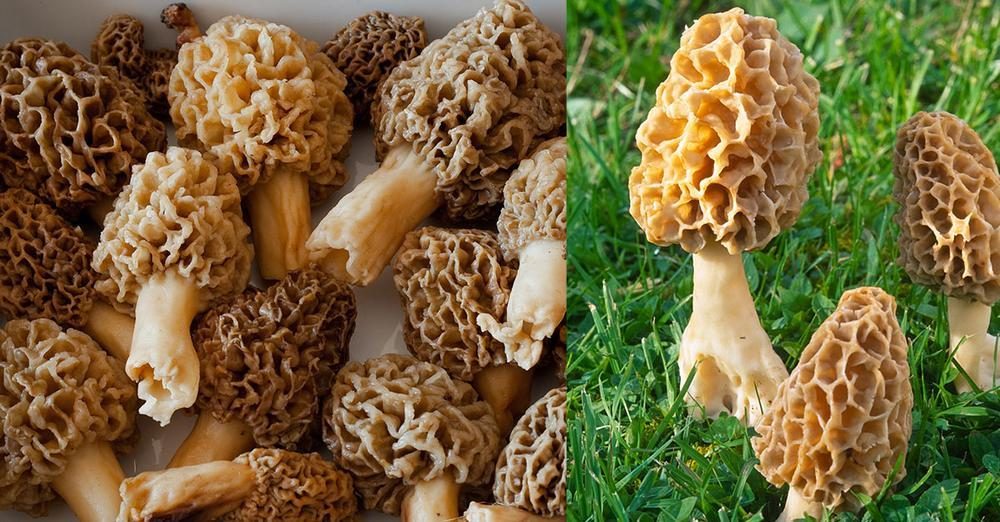10 Yummy Types of Cooking Oil and How to Use Them
Long gone are the days where we only cooked with basic vegetable oil you find at the supermarket. Olive oil has become quite popular (thanks to the Mediterranean diet), and so has coconut oil (all because of the keto movement). While the decision of a cooking oil relies a lot on personal preference, it should also be determined by the type of cooking your doing. Using the right oil for the job will improve you dish (and it might even save yourself money!).
;Resize,width=742;)
Think you can just use your favorite oil for everything? Think again! There’s an oil for every type of cooking, and we’re going to show you how it works!
Canola Oil

Canola oil is an extremely popular oil, and there’s good reason for this. They have a good ratio of omega-6 to omega-3 fatty acids, and unlike many other foods that contain a bad ratio, the ratio in canola oil is actually good for you! It’s said to be preventative in cancers, asthma, and even arthritis! If you’re looking for a solid option for everyday cooking, this is your go-to oil. It can withstand relatively high temperatures, and the neutral flavor won’t destroy your dish.
Sunflower Oil

Sunflower oil is made from pressing sunflower seeds. It might not be as popular as canola oil, but it’s also pretty impressive, helping to improve overall heart health and even fight cancer. Because the oil has such a high smoking point, it’s great for searing meats (or tofu for those who follow a vegetarian diet). It’s also a better alternative for deep-frying if you cannot find another oil (like peanut oil.).
Peanut Oil

This oil might be high in calories, but it mostly comes from monounsaturated fats—the healthy kind that lowers cholesterol. Unfortunately, the ratio of omega-3 and omega-6 fatty acids are a bit off, so don’t use it too much. What makes this oil very useful is the high smoking point, making it perfect for using in a stir-fry! It’s especially popular in Asian dishes, where the oil is used in various ways.
Sesame oil

Sesame oil is not only a healthy option, it’s also a very useful oil. The oil is said to lower blood pressure and blood sugar, and also provided also one fifth of your recommended daily value of vitamin K. Sesame oil has a very high smoke point, so it’s suitable for most types of cooking. Because it also has a nutty taste, it’s delicious as a finishing oil on a stir-fry (or roast veggies).
Extra Virgin Olive Oil

Olive oil is staple ingredient in most kitchens, especially since the Mediterranean diet has become more and more popular. Most of us use it to roast veggies or for light sautéing. It’s even good as is, with a chunk of fresh bread. Because extra virgin olive oil is cold-pressed, it retains the intense flavor of olives. On the other hand, you can use refined olive oil for sautéing vegetables at medium temperature, where the flavor of the oil is not an important factor. Never use olive oil for frying. The oil breaks down easily and you lose out on flavor and potential health benefits.
Coconut Oil

Coconut oil is quite popular due to the interest in paleo and keto diets, as it has a very high fat content. It’s seen as a great high-fat alternative to animal fats, but it contains a high amount of unhealthy saturated fats. The high smoking point (between 350°F and 400°F) makes it suitable for sautéing or stir-frying. It also add a yummy taste. When used in baking, you can substitute butter with the same amount of coconut oil, and even use it to grease your baking tins.
Avocado oil

This oil might not be as popular as other ones, but there’s good reason to be using it more. The oil is packed with healthy monounsaturated fats (about 50%), and has the highest smoking point of all the other plant-based oils (up to 520°F). Avocado oil can be used for almost anything: use it for sautéing, frying, sauces, and a drizzle over salads. The flavor is also neutral, so it won’t overpower other flavors in your dish.
Flaxseed oil

Flaxseed oil (also known as linseed oil or flax oil), is made by grinding up flaxseeds and pressing to release its natural oil. The smoking point is extremely low, so it shouldn’t be used in any heat-based forms of food preparation. Rather keep it for drizzling over salads, or adding it to smoothies. It doesn’t keep well in the pantry, so is best kept in the refrigerator.
Ghee

Ghee has been used as a type of cooking oil for centuries in Indian cuisine. What’s special about ghee is that you get the buttery taste, without the actual milk protein—which means that lactose intolerant individuals can usually consume it! This clarified butter can be used for roasting, sauteing, or baking, anywhere you need a nutty, buttery taste! You can find it in a supermarket, or make your own.
Hemp oil

These days, all things hemp and CBD have become popular, and it doesn’t seem to be going anywhere. The oil is nutty and a dark green color. It’s very heat sensitive, so as you would flaxseed oil, rather keep it for salad dressings or marinades (use it as a finishing oil). To keep it fresh for longer, you can store it in the refrigerator.
;Resize,width=767;)

;Resize,width=712;)

